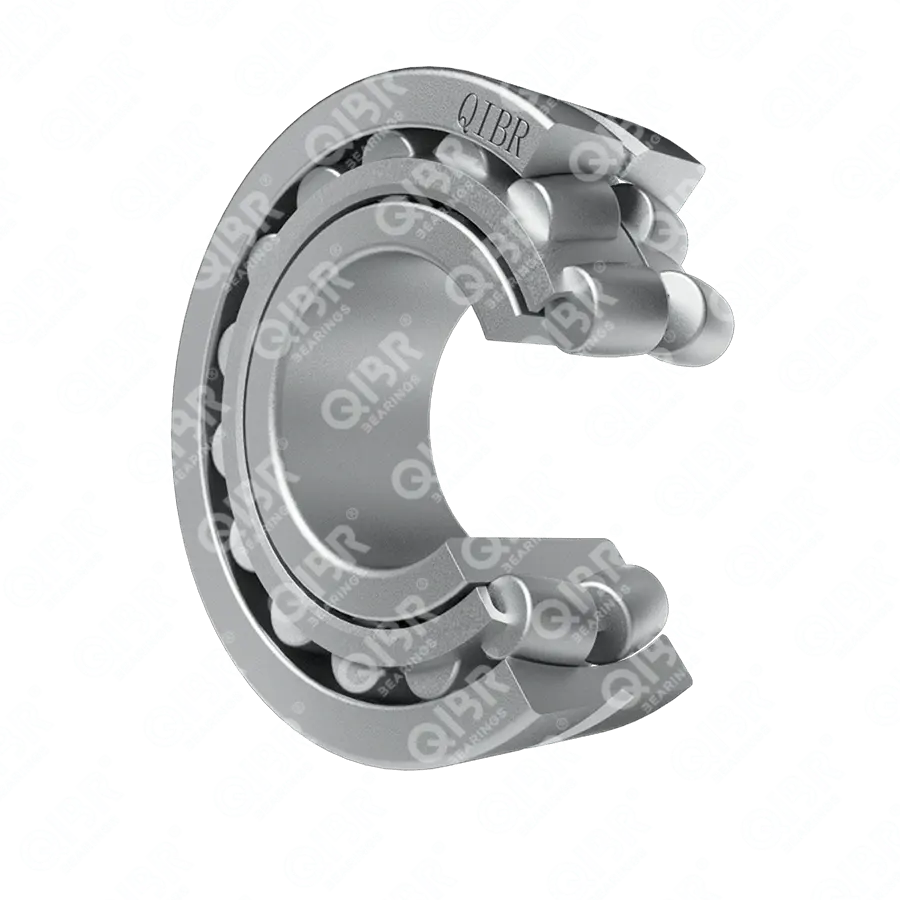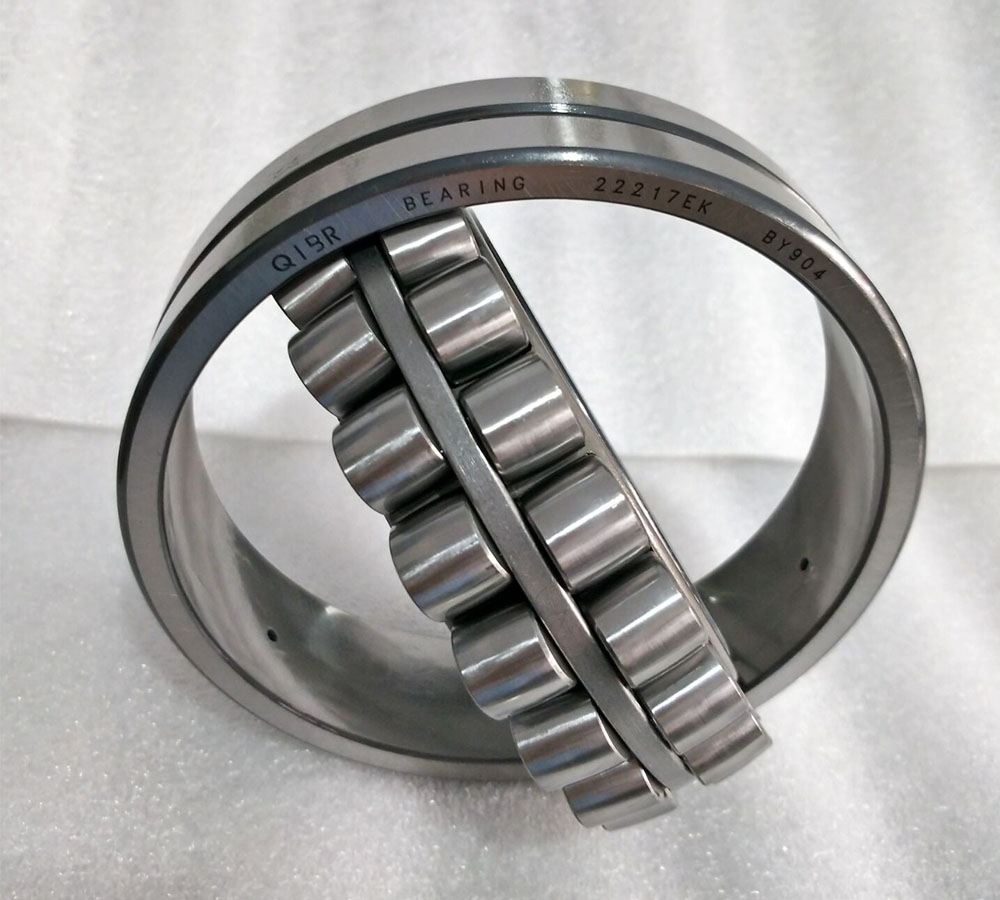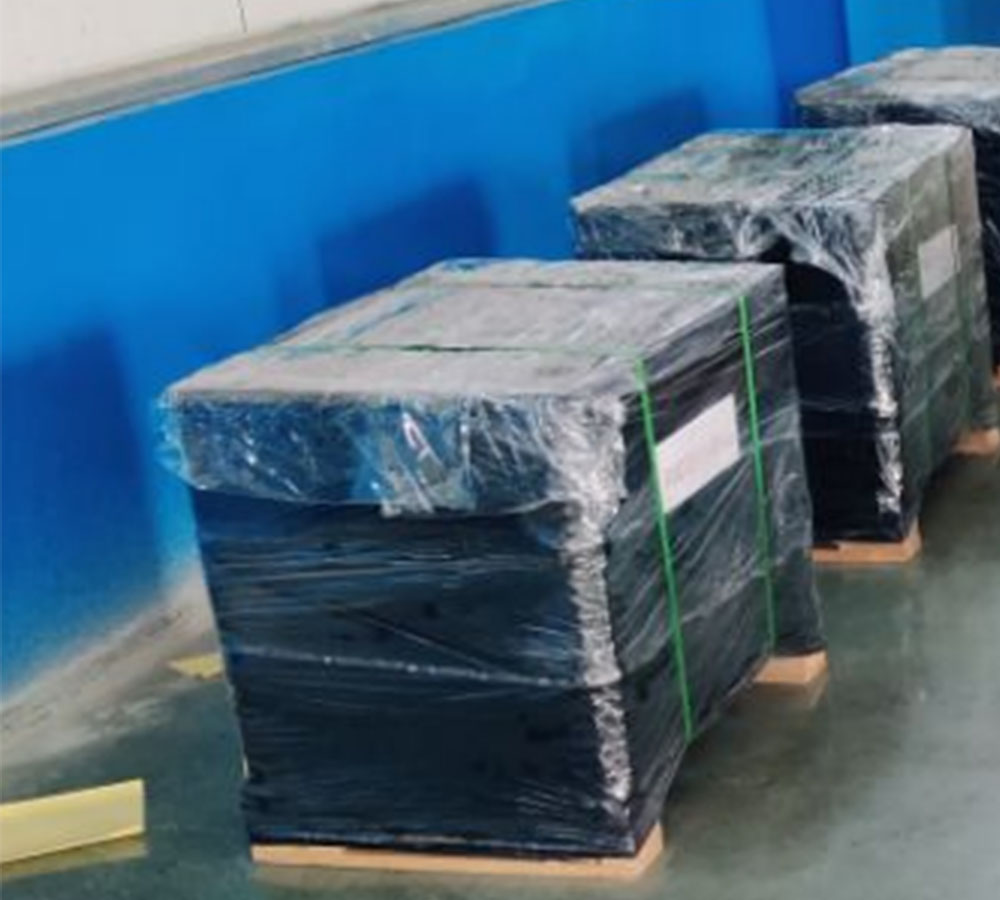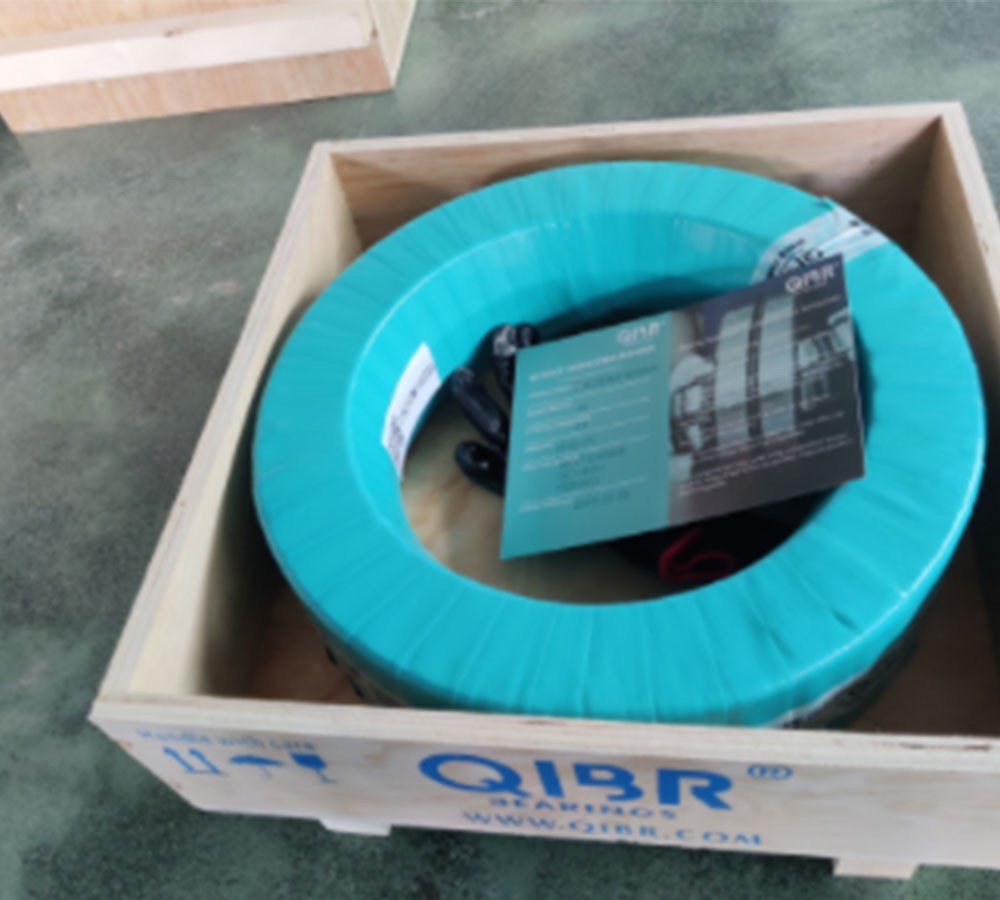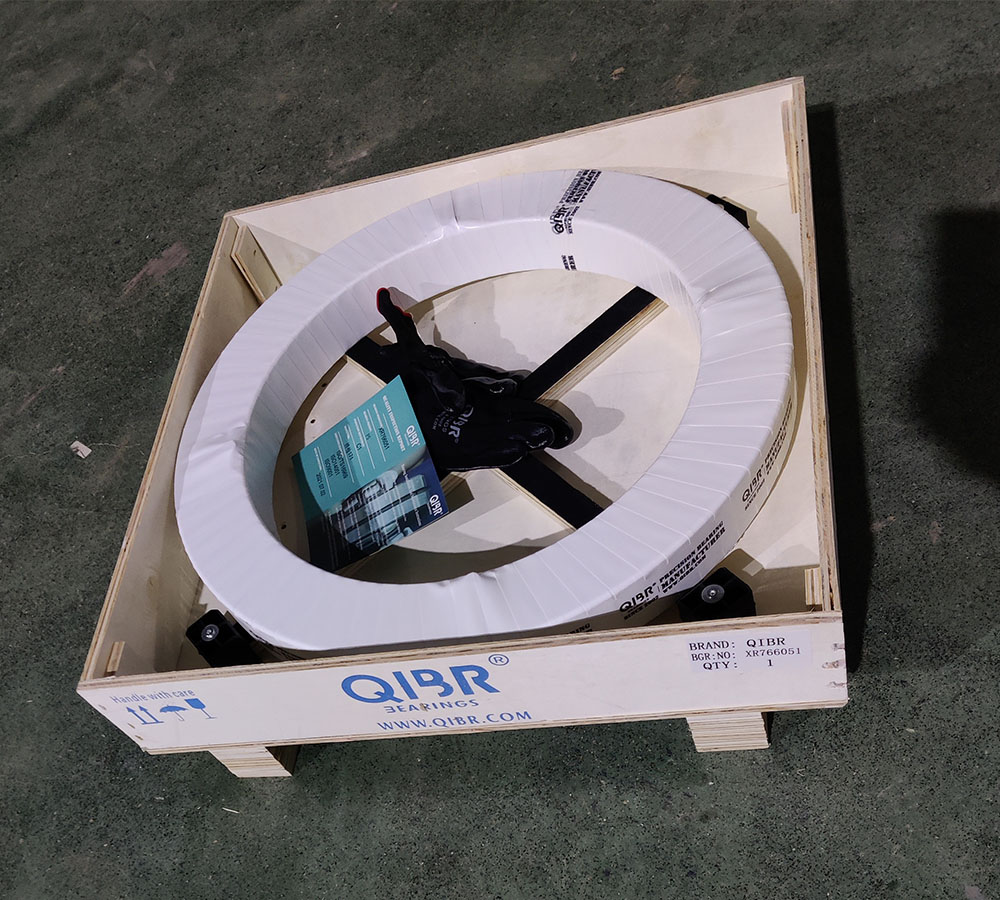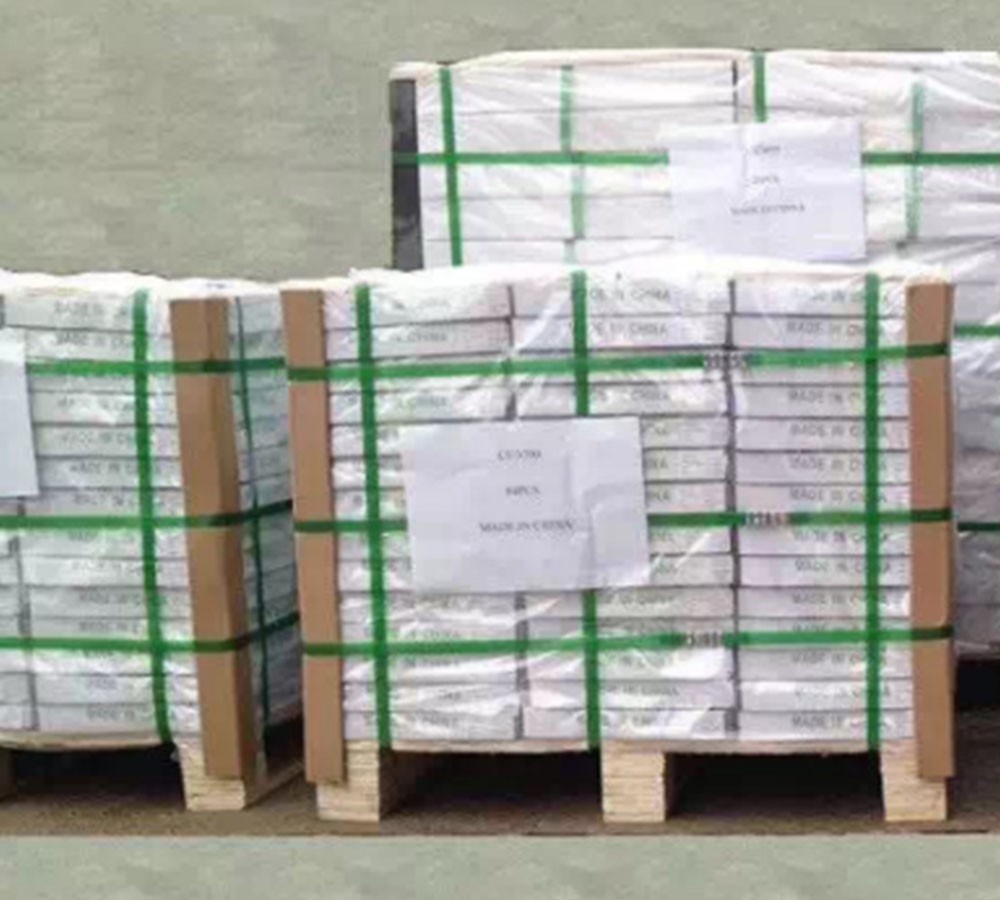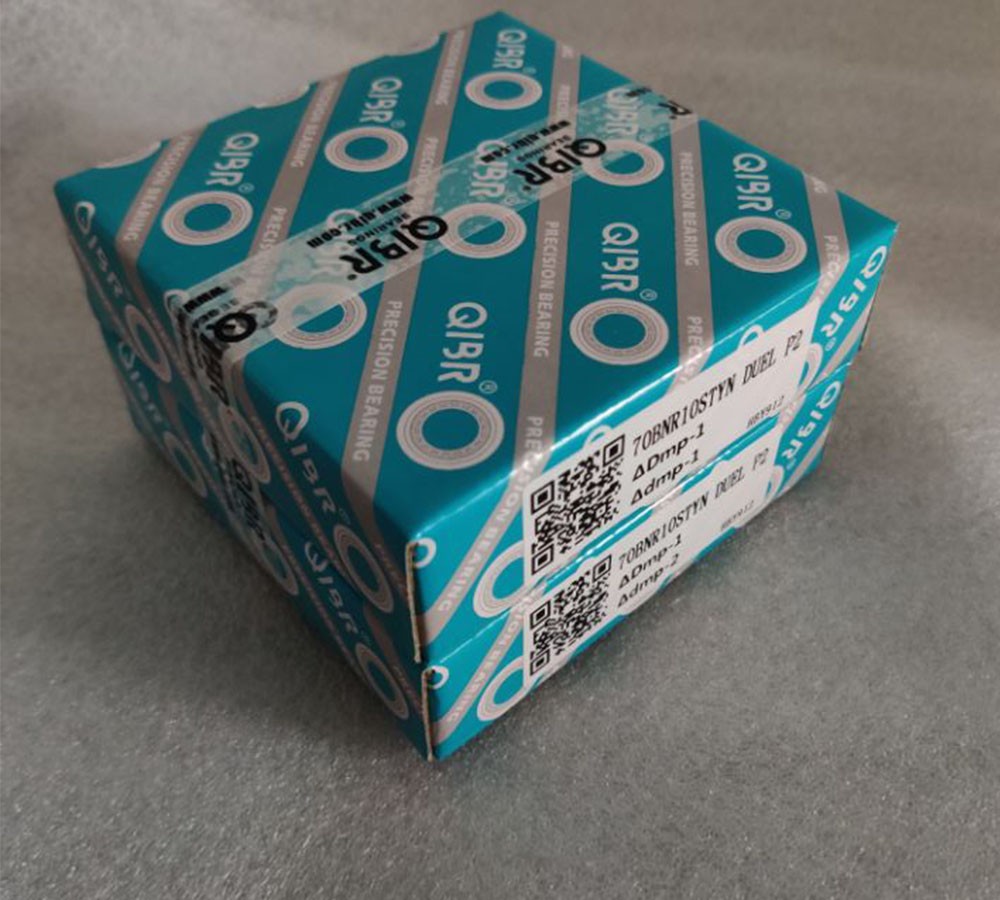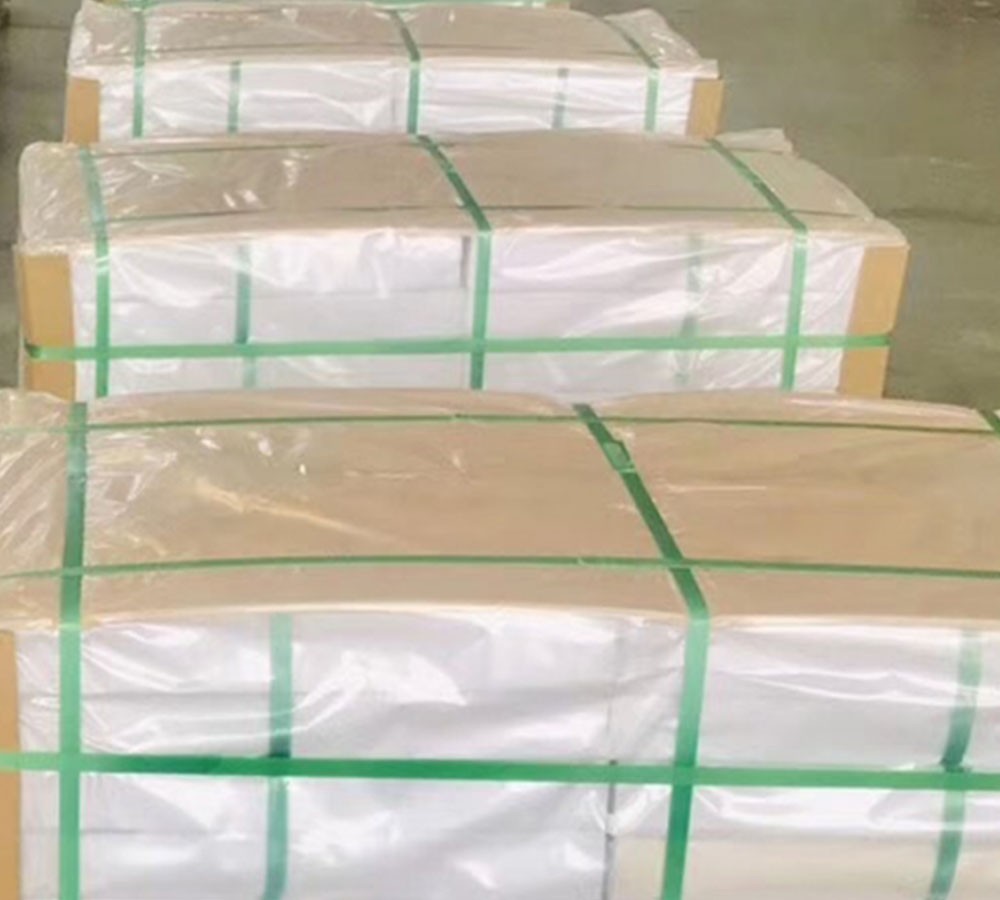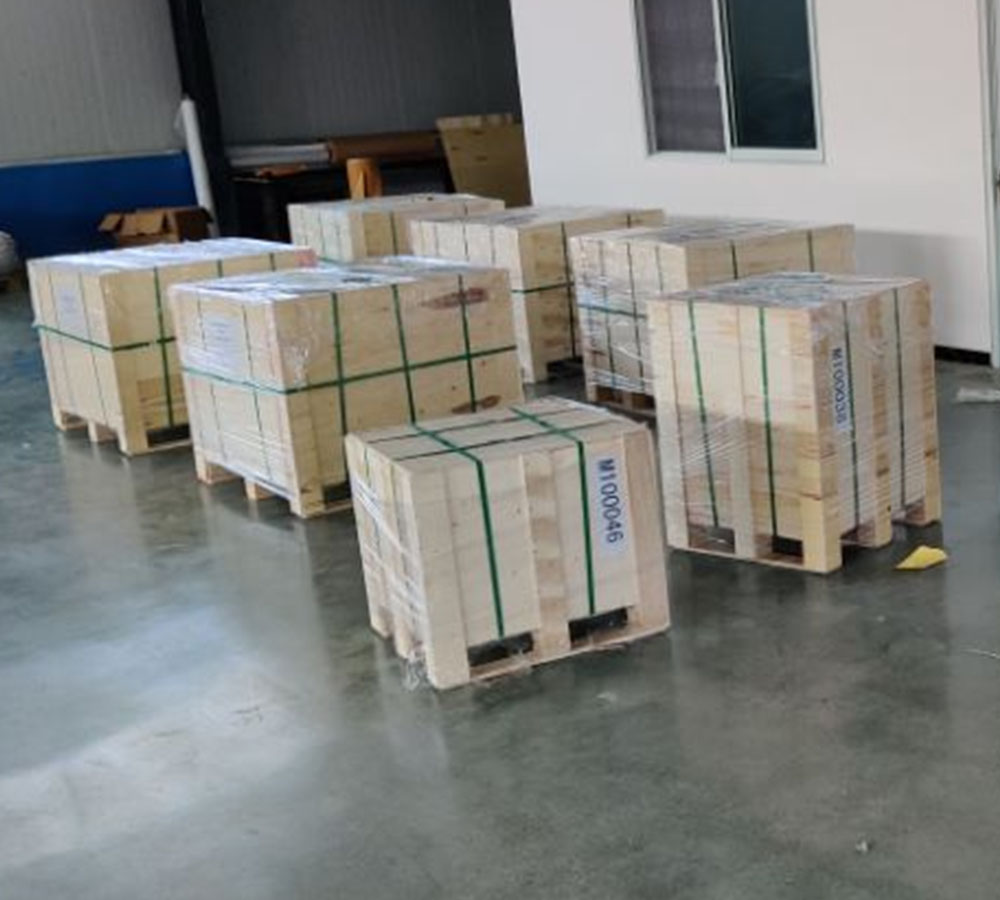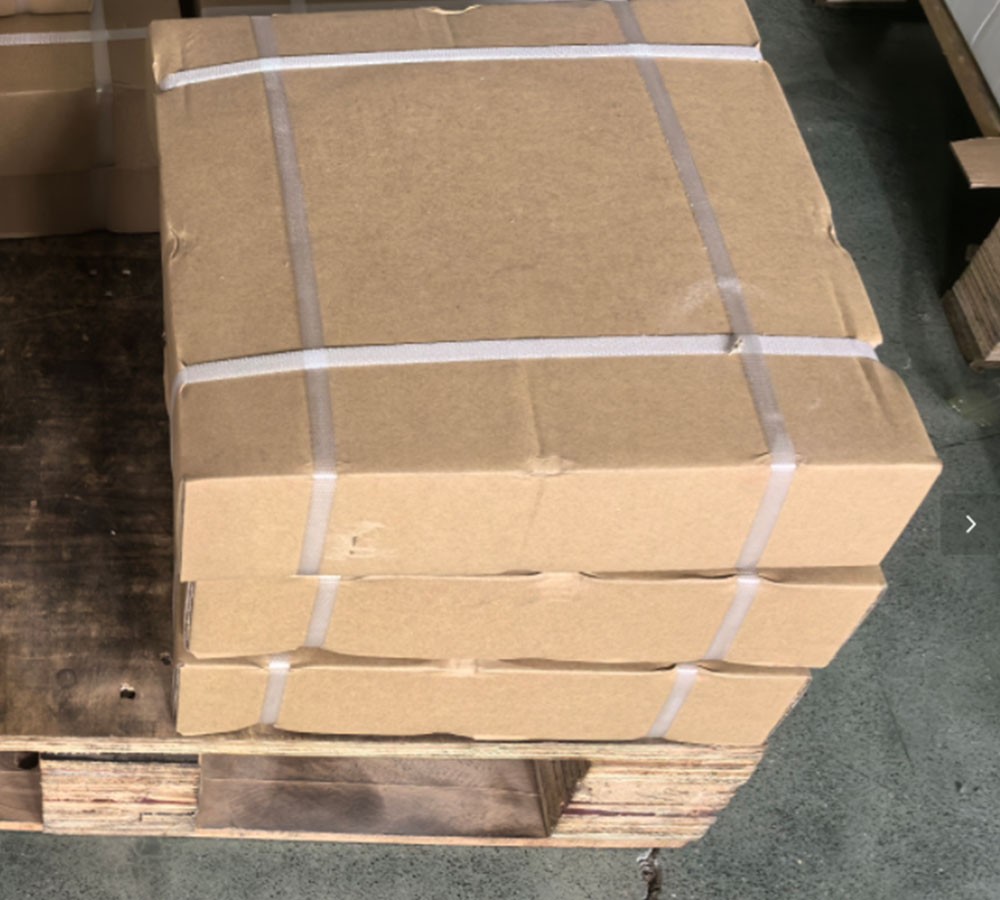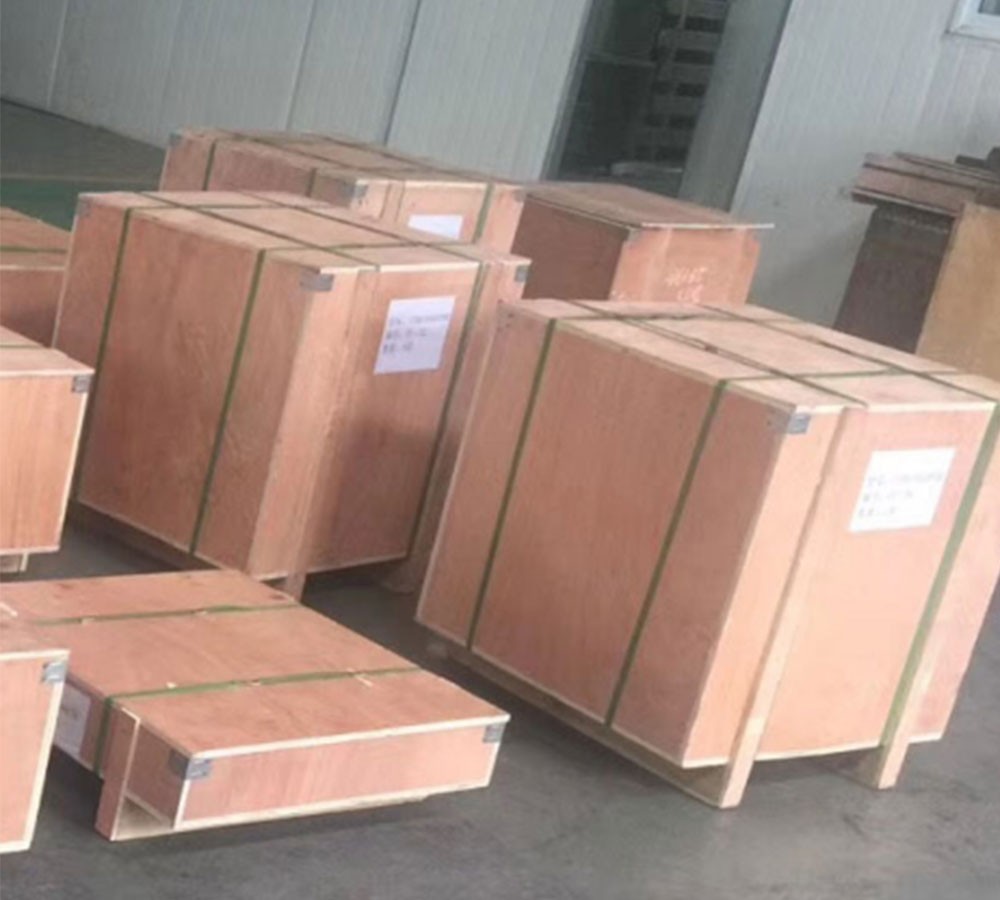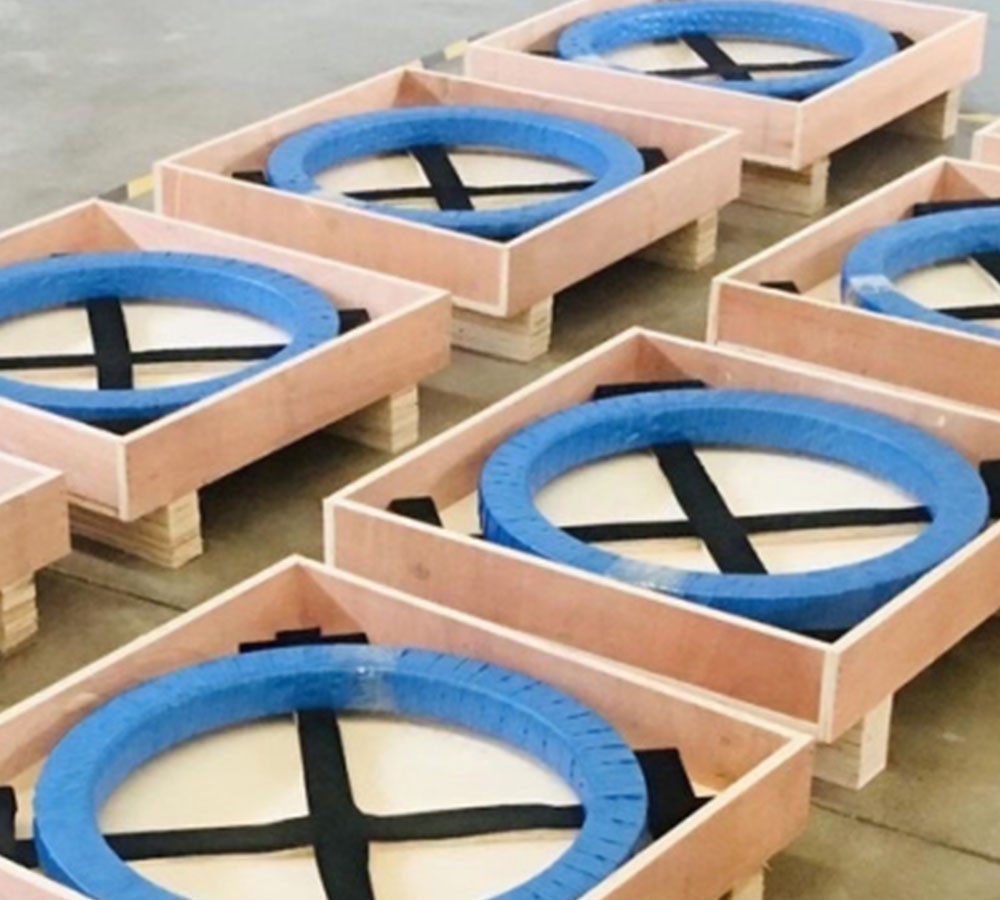QIBR Spherical Roller Bearing Delivered to Bogotá, Colombia, to Enhance Load Capacity and Stability of Natural Gas Compressor
- Continent
- Sourth America
- Country
- Columbia
- Date
- 2016-08-27
- Categories
-
Spherical Roller Bearing
- Applications
- Natural Gas Compressor
Products Used
Spherical roller bearings
1. Self-Aligning Capability: The 22217 EK bearing features excellent self-aligning properties, compensating for misalignment caused by installation errors or shaft bending. In the operational environment of a natural gas compressor, where vibration and displacement are common, this bearing maintains stable performance, enhancing compressor reliability and longevity.
2. High Load Capacity: The 22217 EK spherical roller bearing, with its double-row roller design, evenly distributes load across multiple rollers, significantly boosting load capacity. This bearing is capable of handling substantial radial and axial loads, providing robust support for the natural gas compressor's demanding operations.
3. Vibration Resistance: Natural gas compressors generate considerable vibration, which the 22217 EK bearing effectively absorbs and disperses, minimizing the impact on surrounding components. This reduces the risk of failure and maintenance costs, enhancing the overall stability of the system.
Additional Notes:
The Colombian client selected 22217 EK spherical roller bearing from QIBR to meet the increased load capacity and stability requirements of their natural gas compressor. With an optimized roller contact design, this bearing improves load distribution, reduces wear, and minimizes heat accumulation, ensuring long-term stability and reliability of the compressor. Given that natural gas compressors operate in high-temperature, high-pressure, and corrosive environments, the 22217 EK bearing is manufactured using high-performance materials and advanced heat treatment processes to maintain optimal performance in these challenging conditions. Precision manufacturing processes by QIBR further ensure low noise levels, reducing the likelihood of mechanical failures caused by vibration, thereby lowering maintenance needs.

